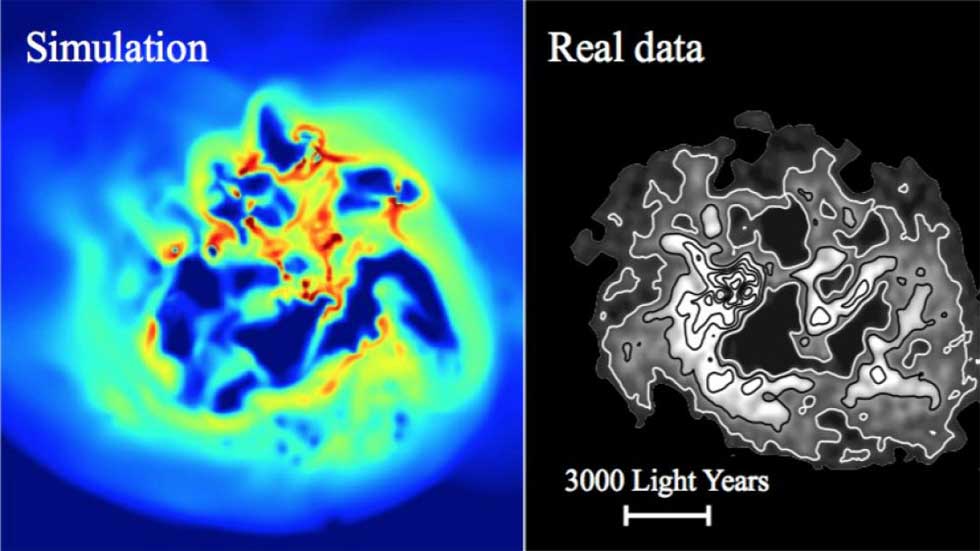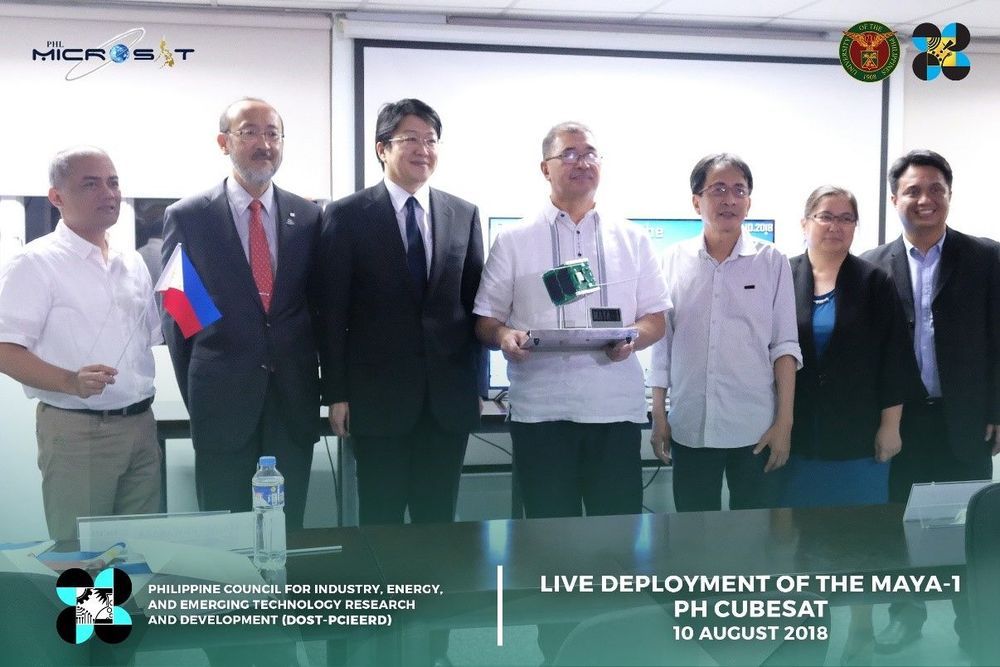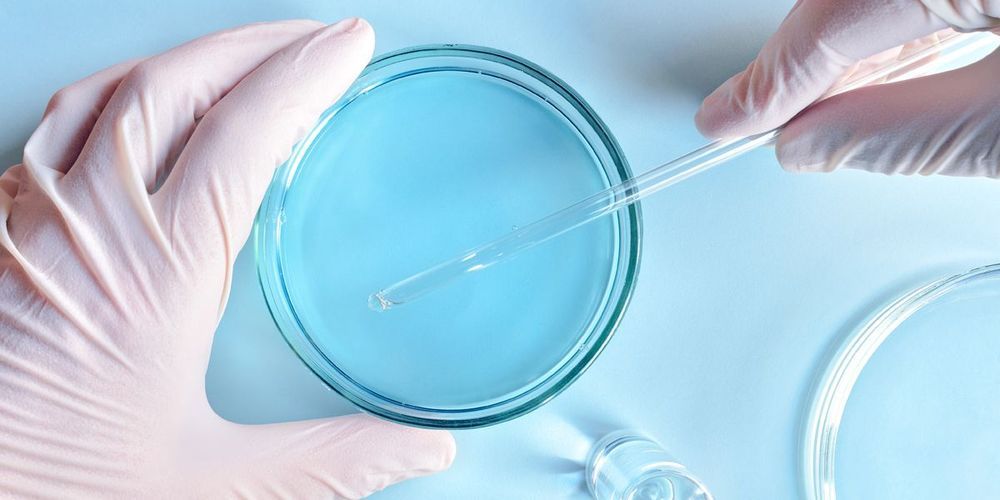Jan 7, 2019
Microgravity Appears to Permanently Mutate Bacteria to Make Them Faster Breeders
Posted by Genevieve Klien in category: space
Certain types of bacteria can mutate to reproduce more quickly when exposed to microgravity, and that’s not great news for our space tourist dreams, seeing as we humans are teeming with bacteria.
It’s not clear why these bacteria have responded so positively to microgravity, but researchers are now figuring out ways to protect astronauts out in space, as well as mitigating the damage should a space-modified colony ever find its way back to Earth.
Researchers from the University of Houston monitored Escherichia coli cells through 1,000 generations of growth in simulated microgravity conditions, finding that it spread significantly faster than a control sample of unaltered bacteria.





 With support from the National Network of Libraries of Medicine, the School for the Future of Innovation in Society at Arizona State University and SciStarter invite libraries to be part of
With support from the National Network of Libraries of Medicine, the School for the Future of Innovation in Society at Arizona State University and SciStarter invite libraries to be part of 











